
Chocolate or cocoa is a food made from roasted and ground cacao seed kernels that is available as a liquid, solid, or paste, either on its own or as a flavoring agent in other foods. Cacao has been consumed in some form for at least 5,300 years starting with the Mayo-Chinchipe culture in what is present-day Ecuador and later Mesoamerican civilizations also consumed chocolate beverages before being introduced to Europe in the 16th century.

The cocoa bean or simply cocoa, also called cacao, is the dried and fully fermented seed of Theobroma cacao, the cacao tree, from which cocoa solids and cocoa butter can be extracted. Cocoa trees are native to the Amazon rainforest. They are the basis of chocolate and Mesoamerican foods including tejate, an indigenous Mexican drink.
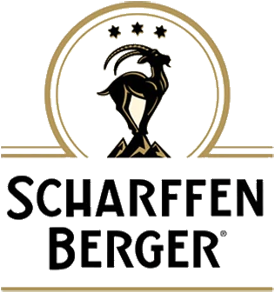
Scharffen Berger is an American chocolate manufacturing company, which was a subsidiary of The Hershey Company after it had been acquired in 2005. Scharffen Berger was established as an independent Berkeley, California-based chocolate maker in 1996 by sparkling wine maker John Scharffenberger and physician Robert Steinberg.

Raw chocolate, or raw ground chocolate paste when ground, is chocolate produced from cocoa beans that does not contain any additives like sugars.
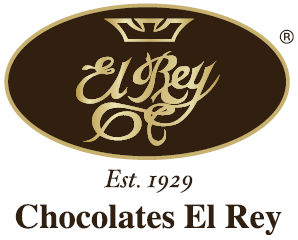
Chocolates El Rey is a Venezuelan chocolate manufacturer. The company uses only premium-grade, locally grown raw material in the formulation of all its products. El Rey's family-run business is one of oldest chocolate manufacturers in Venezuela.

Chocolate is a food product made from roasted and ground cocoa pods mixed with fat and powdered sugar to produce a solid confectionery. There are several types of chocolate, classified primarily according to the proportion of cocoa and fat content used in a particular formulation.

Côte d'Or is a producer of Belgian chocolate, owned by Mondelez International. Côte d'Or was founded in 1883 by Charles Neuhaus in Schaerbeek, Belgium, a chocolate manufacturer who used the name "Côte d'Or" referring to the old name of contemporary Ghana, the source of many of the cacao beans used in chocolate manufacturing.
Barry Callebaut AG is a Swiss-Belgian cocoa processor and chocolate manufacturer, with an average annual production of 2.3 million tonnes of cocoa & chocolate . It was created in 1996 through the merging of the French company Cacao Barry and the Belgian chocolate producer Callebaut. It is currently based in Zürich, Switzerland, and operates in over 30 countries worldwide. It was created in its present form by Klaus Johann Jacobs.
TCHO is a chocolate maker based in Berkeley, California, US that promotes itself as working with cacao bean farmers and cooperatives to improve growing, fermentation and drying methods. Its factory and headquarters were formerly located on Pier 17 along the Embarcadero, in San Francisco's historic waterfront district, but are now located in the West Berkeley section of Berkeley, California. In February 2018, it was announced that TCHO would be bought by the Japanese confectionery company Ezaki Glico.
The environmental impact of cocoa production includes deforestation, soil contamination, and herbicide resistance. The majority of cocoa farms are now located in Côte d'Ivoire and Ghana.

Fair trade cocoa is an agricultural product harvested from a cocoa tree using a certified process which is followed by cocoa farmers, buyers, and chocolate manufacturers, and is designed to create sustainable incomes for farmers and their families. Companies that use fair trade certified cocoa to create products can advertise that they are contributing to social, economic, and environmental sustainability in agriculture.
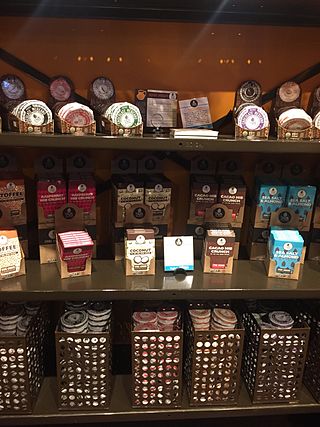
Taza Chocolate is a Mexican-inspired stoneground, organic chocolate manufacturer based in Somerville, Massachusetts, United States. The factory was founded by Alex Whitmore in 2005 and is home to over 40 different products that can be found in 2,800 retail stores across the country.
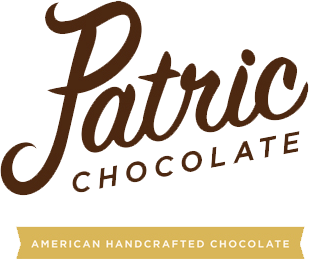
Patric Chocolate is a bean-to-bar, craft-chocolate manufacturer and chocolate consulting firm founded in 2006 by Alan Patrick McClure. McClure remains owner and head of chocolate research and development at Patric Chocolate, as well as consultant to the food and beverage industry through Patric Food & Beverage Development.
Castronovo Chocolate is a micro-batch chocolate maker headquartered in Stuart, Florida.
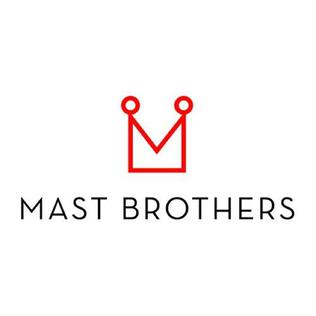
Mast Brothers is an American artisanal chocolate company headquartered in Brooklyn, New York. The company was founded in 2007 by brothers Rick and Michael Mast from Primghar, Iowa. Mast Brothers, according to Vanity Fair, is "widely credited for introducing artisanal chocolate to mainstream American culture" and has been instrumental in popularizing the bean-to-bar movement in America,. However, Mast Brothers has also faced criticism and allegations that did not make their chocolate in the "bean-to-bar" style they claimed.

Organic chocolate is chocolate which has been certified organic. As of 2016, it was a growing sector in the global chocolate industry. Organic chocolate is a socially desirable product for some consumers. Major brands, such as The Hershey Company, have begun to produce organic chocolate.
The chocolate industry in the Philippines developed after introducing the cocoa tree into Philippine agriculture. The growing of cacao or cocoa boasts a long history stretching from the colonial times. Originating from Mesoamerican forests, cacao was first introduced by the Spanish colonizers four centuries ago. Since then the Philippine cocoa industry has been the primary producer of cocoa beans in Southeast Asia. There are many areas of production of cacao in the Philippines, owing to soil and climate. The chocolate industry is currently on a small to medium scale.

Ruby chocolate is a style or distinct variety of chocolate that is pink or purple in colour. Barry Callebaut, a Belgian–Swiss cocoa company, introduced it as a distinct product on 5 September 2017 after beginning development of their product in 2004. It has a pink color, and Barry Callebaut says it is a fourth natural type of chocolate. Some other industry experts have said that some cacao pods are naturally pink or purple in colour, and thus pink chocolate has been available before.

To'ak Chocolate is an Ecuadorian chocolate company founded in 2013 by Jerry Toth, Carl Schweizer, and Denise Valencia. It produces its chocolate from the rare Nacional cocoa bean variety. To'ak Chocolate's Heirloom Nacional cacao bar has been dubbed "the world's most expensive chocolate bar" by CNBC in 2017.














